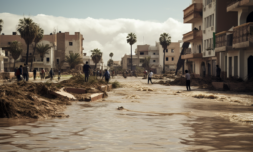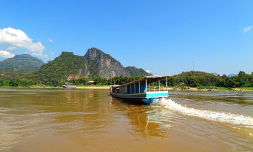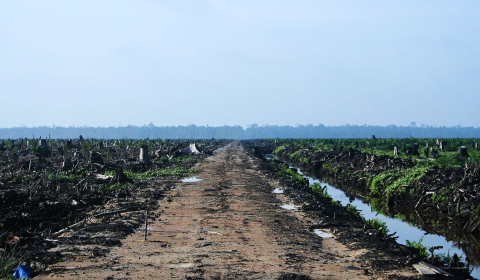Worsening the torrential monsoon rains that are currently lashing China, Taiwan, and the Philippines, the tropical cyclone has triggered massive flooding and landslides, killing hundreds, injuring thousands, and even sinking ships.
A freak weather event in parts of Asia is devastating China, Taiwan, and the Philippines.
Since it initially developed on Sunday, Typhoon Gaemi has been wreaking havoc, with the Philippines government forced to declare a state of calamity in its capital Manila, China’s to raise the alert status of its coastline in preparation for the tropical cyclone to strike, and at least three flood-related deaths in Taiwan.
Hitting during monsoon season and interacting with existing monsoon weather systems, Gaemi has worsened the torrential rains that are currently lashing the region.
Manila has received more than 300mm of rainfall, with resulting floods reaching as high as one-story buildings in some places. More than half a million people have been evacuated or displaced, with 21 deaths confirmed so far.
An oil tanker has also capsized in Manila Bay due to rough seas, resulting in what could be the worst oil spill in the Philippine’s history.
The MT Terra Nova, a Philippine-flagged tanker carrying 1.4m litres of oil, released a 4km-long oil slick, raising fears that it could reach the capital as the rough seas and high waves caused by Gaemi continue to hamper clean-up efforts.
And in Taiwan, the tropical cyclone made landfall on Wednesday, after rapidly strengthening to the equivalent of a category four hurricane, with maximum wind speeds of 145mph.




















